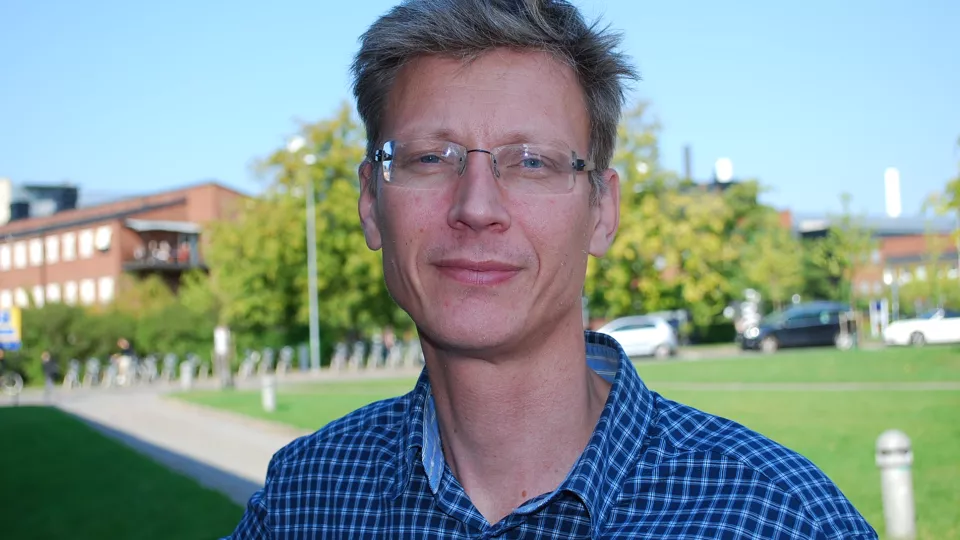With the new storage method, a mini heart-lung machine supplies the donor heart with vital substances in an oxygenated solution during the transportation. The preservation time of the donated heart is then extended from today's approximately four hours to at least 12 hours.
"This means, in principle, that we can perform transplants involving hearts from all over Europe," says senior consultant cardiotoracic surgeon Johan Nilsson who, together with a team of three surgeons, performed the operation.
Lund University senior professor Stig Steen, a former thoracic surgeon at Skåne University Hospital, invented the method and also participated on-site. His research team has previously shown that this method preserves hearts for up to 24 hours in animal transplants.
"The heart started at once with a good mobility in the whole heart, including the septum between the ventricles, which we normally do not see," says Johan Nilsson.
Until now, hearts used in transplants have been stored in refrigerated boxes containing ice on the way from the donor to the receiving patient. With the old method, the heart needs to be transplanted within four hours to avoid serious complications.
"This new method gives increased opportunities for exchanges with countries far away, such as between Europe and eastern United States, and it also makes it possible to use older donors”, Johan Nilsson concludes.
Contact:
Johan Nilsson, Adjunct Professor, Lund University
Senior consultant cardiotoracic surgeon, Skåne University Hospital
+46 76 887 01 28
Johan [dot] Nilsson [at] med [dot] lu [dot] se (Johan[dot]Nilsson[at]med[dot]lu[dot]se)
